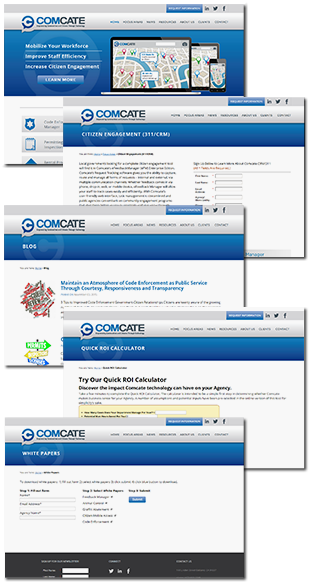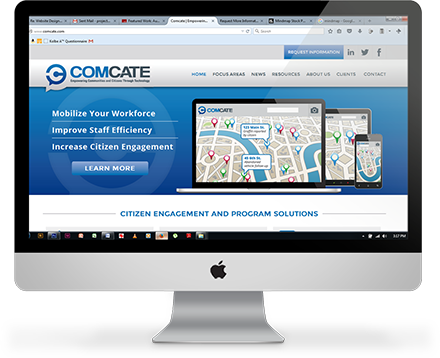Comcate, a community management system provider, found itself in a challenging situation. It was under constant pressure to incorporate rapidly increasing and evolving requirements from the community administrators and their citizen, in to their current software, which was build 10 years ago.
Comcate needed an engineering team with strong engineering practices to help re-engineer and evolve their current software solution without stalling the system. The team was expected to work hand in glove with their current in-house team to handle increasing customer requirements.
That’s where we came in.

“Perennial teams want to be contributors more than workers”
Greg Humphrey, Director of Engg., Comcate Inc.


